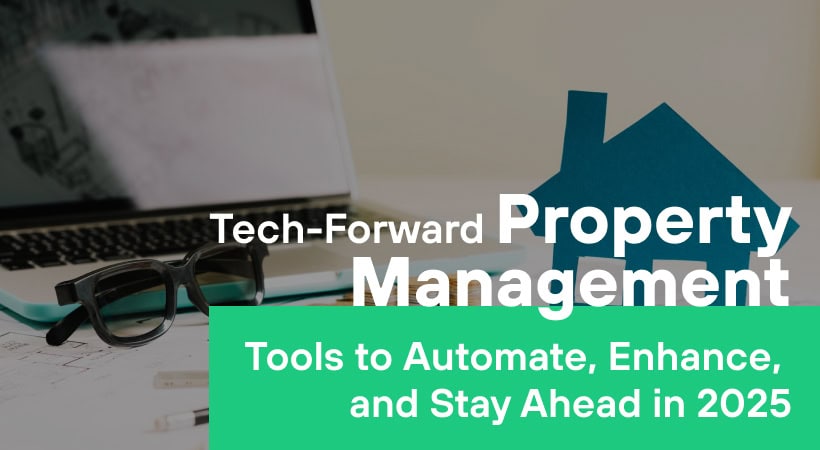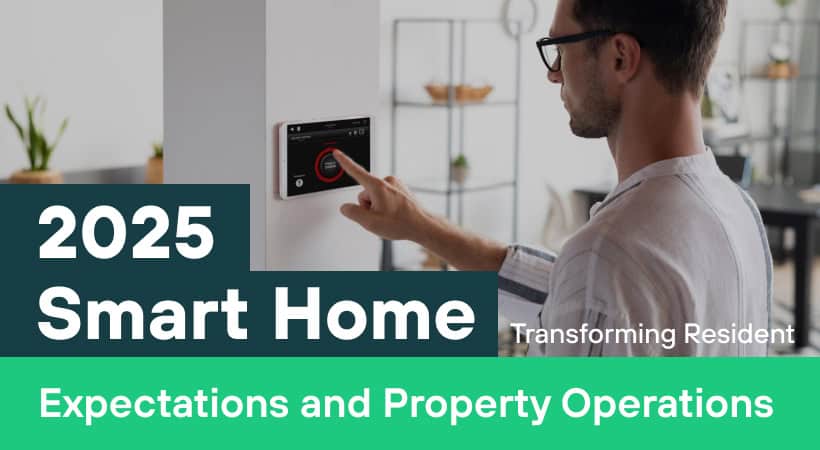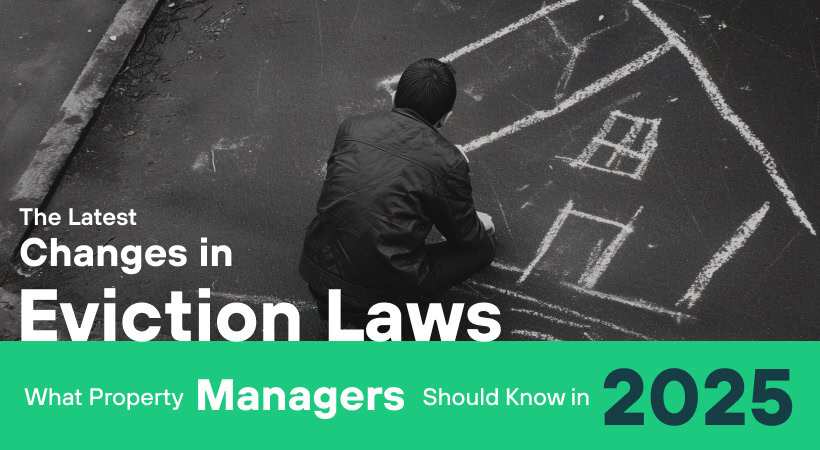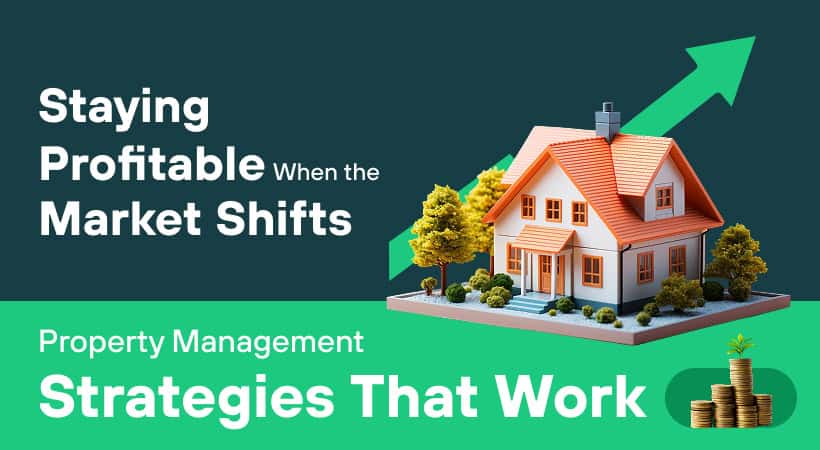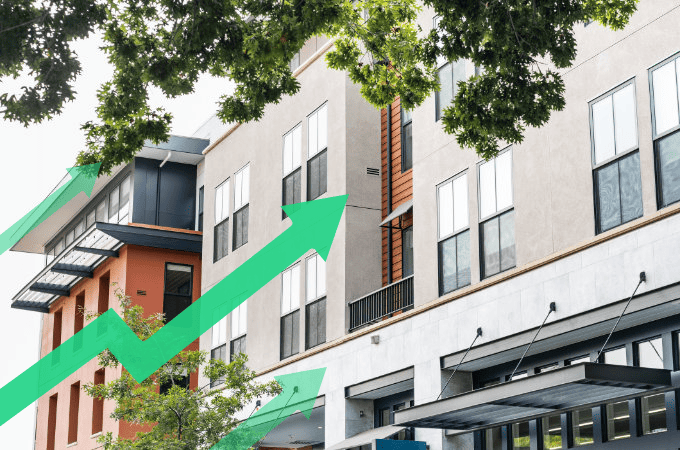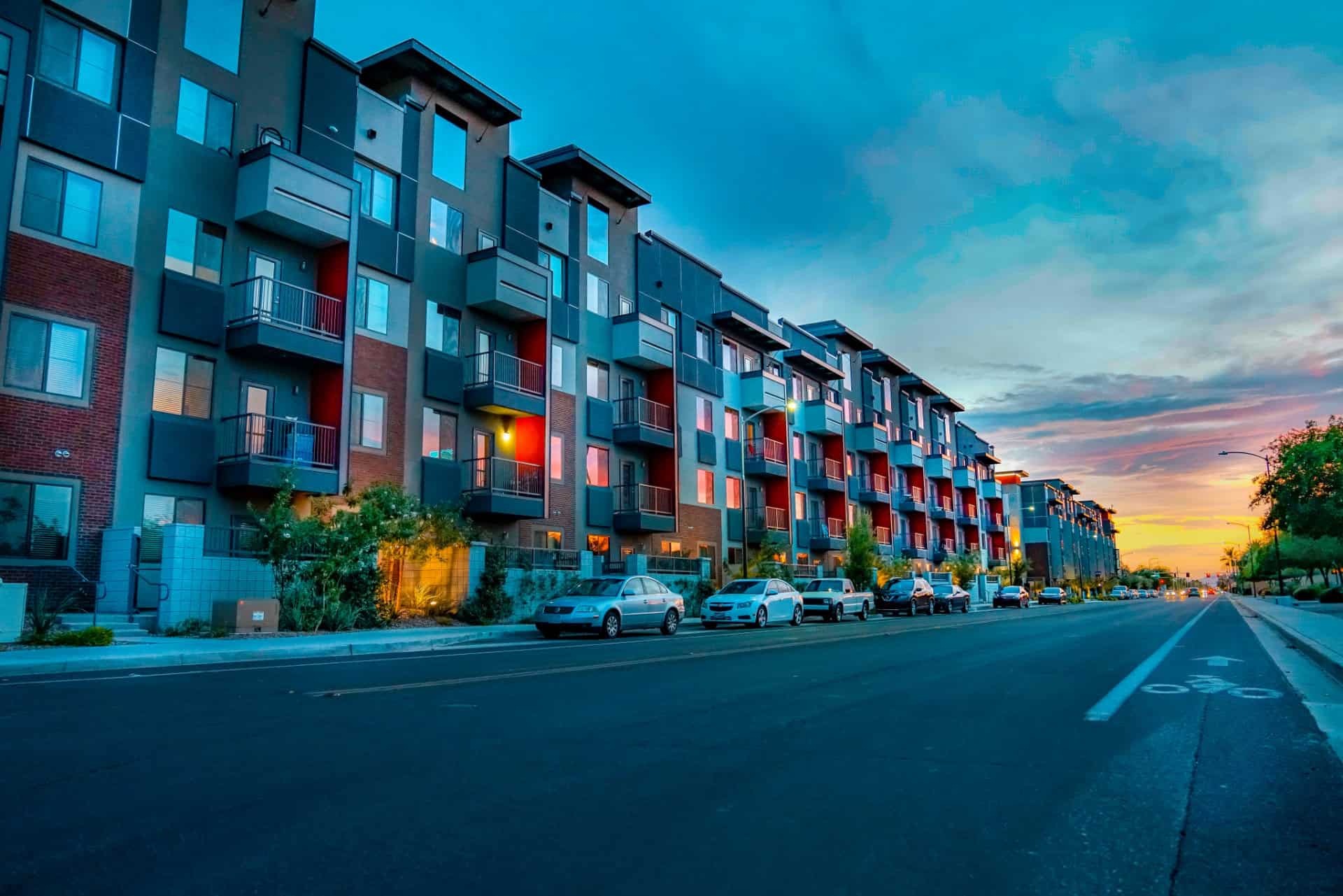Key Takeaways
Implement property management software to streamline operations.
Adopt smart home technologies to attract tech-savvy tenants.
Utilize data analytics for informed decision-making.
Enhance online presence through digital marketing strategies.
Provide virtual tours to accommodate remote prospects.
The real estate industry has undergone a significant technological transformation over the past decade, and property management has not been immune. As a real estate broker and property manager, I’ve witnessed firsthand how digital tools have redefined the way we manage properties, interact with tenants, and report to owners. While the benefits of this tech boom are undeniable, the pace of change can often feel overwhelming.
In this article, I want to shed light on a common but rarely discussed challenge: keeping up with technology in property management. It’s a struggle many of us face, and it’s time we talk about it openly—because being strategic about technology is just as important as adopting it in the first place.
The Technology Boom in Property Management
From cloud-based management software to AI-powered leasing assistants, technology has revolutionized our workflows. Tools like AppFolio, Yardi, and Buildium help automate rent collection, streamline maintenance requests, and centralize communications. Smart home features, such as digital locks, thermostats, and leak detectors, are no longer considered luxuries, but expectations from residents who value convenience and control.
We also have tools for marketing (virtual tours, automated listings), accounting, inspections, and even AI chatbots that can answer leasing inquiries 24/7. These advancements have made our jobs easier in many ways—but they’ve also raised the bar. Residents and owners expect real-time updates, flawless digital experiences, and seamless communication across platforms.
The Challenges Property Managers Face
Despite all the potential benefits, adopting new technology isn’t always smooth sailing. Property managers face several practical challenges:
Information Overload
With new products launching every month, it’s hard to separate must-have solutions from fleeting trends. The sheer volume of options can lead to analysis paralysis, or worse, poor decisions driven by shiny features rather than real needs.
Training and Adoption
Even the best technology is useless if your team doesn’t use it. One of the biggest hurdles is getting buy-in from staff, especially those who are less comfortable with digital tools. Without proper training and support, new systems often go underutilized or abandoned altogether.
Cost vs Value
Budgets are tight, and it’s difficult to justify a new subscription or platform without clear ROI. Many tools offer tiered pricing, but even basic plans can add up, especially across multiple properties or portfolios.
Integration Issues
A major frustration is when systems don’t “talk” to each other. You end up duplicating work or managing multiple logins just to complete everyday tasks. This lack of integration not only wastes time but also increases the risk of errors.
Vendor Fatigue
We’ve all been bombarded by tech companies promising to solve all our problems. The endless sales calls and demos can be exhausting, and it becomes difficult to evaluate what’s truly worth your time.
The Risk of Falling Behind
That said, the risk of standing still is real. Property managers who resist adopting technology may find themselves at a competitive disadvantage. Outdated systems lead to:
- Inefficient operations
- Poor tenant experiences
- Inaccurate reporting and compliance issues
- Slower leasing and higher vacancy rates
Tenants are increasingly drawn to communities that offer convenience—from online portals to smart home integrations. Owners expect transparency, real-time data, and efficient operations. Falling behind can hurt your reputation, reduce retention, and even cost you business.
How to Strategically Embrace Technology
The key isn’t to adopt more tech, it’s to adopt the right tech. Here are some strategies I’ve found useful:
Conduct Regular Tech Audits
Take stock of your current tools. Are they solving real problems? Are you paying for features you don’t use? What’s missing? This kind of audit helps you make informed, intentional decisions.
Involve Your Team
Don’t make tech decisions in a vacuum. Your staff are the ones using these tools every day. Include them in evaluations, provide hands-on training, and create a feedback loop so they feel empowered, not burdened.
Start with the Problem, Not the Tool
It’s tempting to chase the latest trend, but start by identifying your pain points. Whether it’s slow maintenance response times or inefficient lease processing, let those issues guide your tech adoption.
Prioritize Integration
Choose platforms that integrate with each other or offer API compatibility. The goal is a connected ecosystem, not a collection of disconnected tools.
Pilot Before You Commit
Test new solutions at a single property or with a small group before rolling them out company-wide. This minimizes disruption and allows you to tweak your approach.
The Future is Now: Embracing Innovation Without Losing Touch
One of the biggest misconceptions is that technology should replace human interaction. In reality, it should enhance it. No amount of automation can replace the value of empathy, clear communication, and a personal touch in property management.
Use technology to free up your time for what really matters, building relationships with residents, coaching your team, and making strategic decisions for your portfolio.
Conclusion
Keeping up with technology is no longer optional in our industry, it’s essential. But it doesn’t mean adopting everything all at once. Be intentional. Be strategic. Focus on solving real problems, involving your team, and creating systems that actually make your work easier.
As brokers and property managers, we have a responsibility to lead the charge, not just by using technology, but by using it wisely. Let’s build communities that are both innovative and human-centered.
